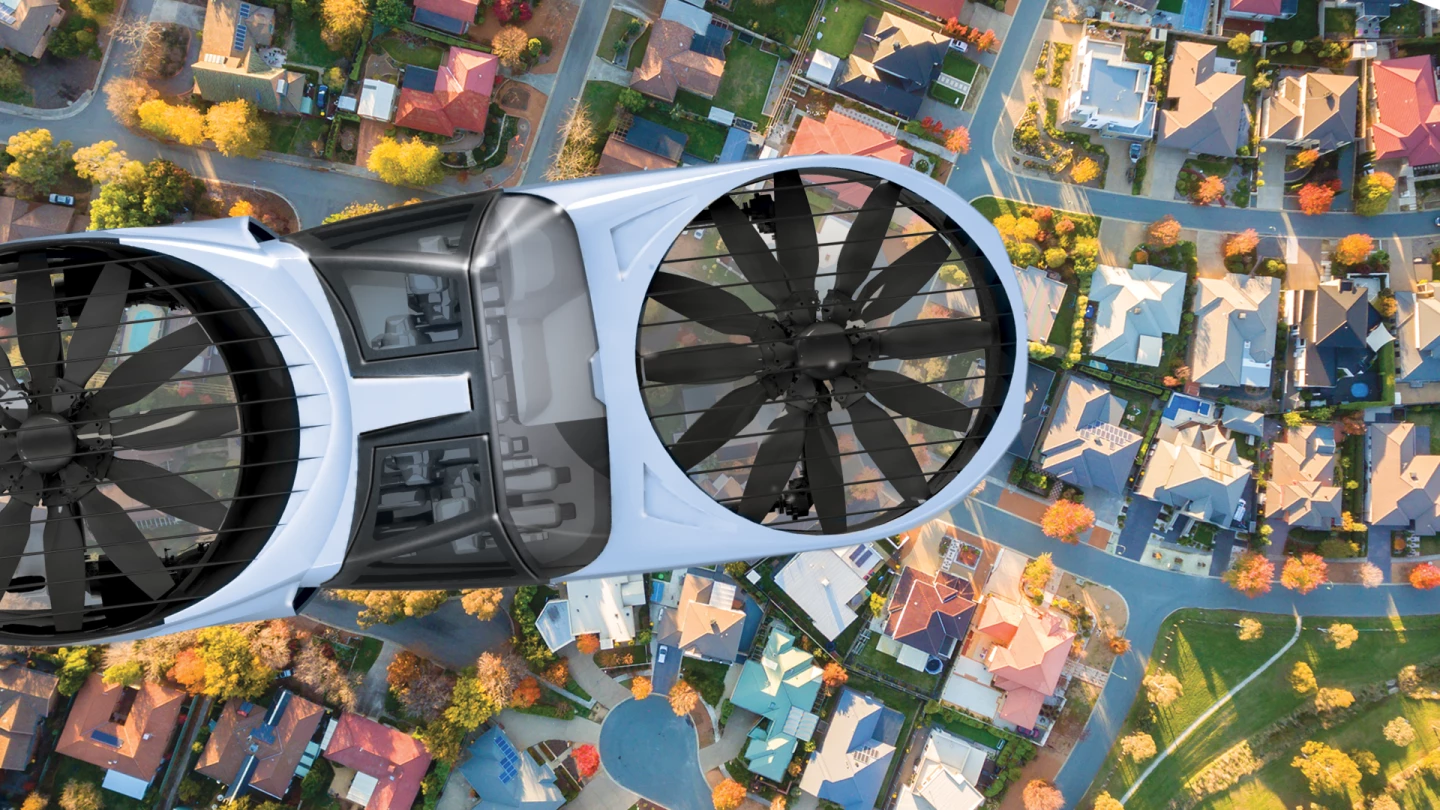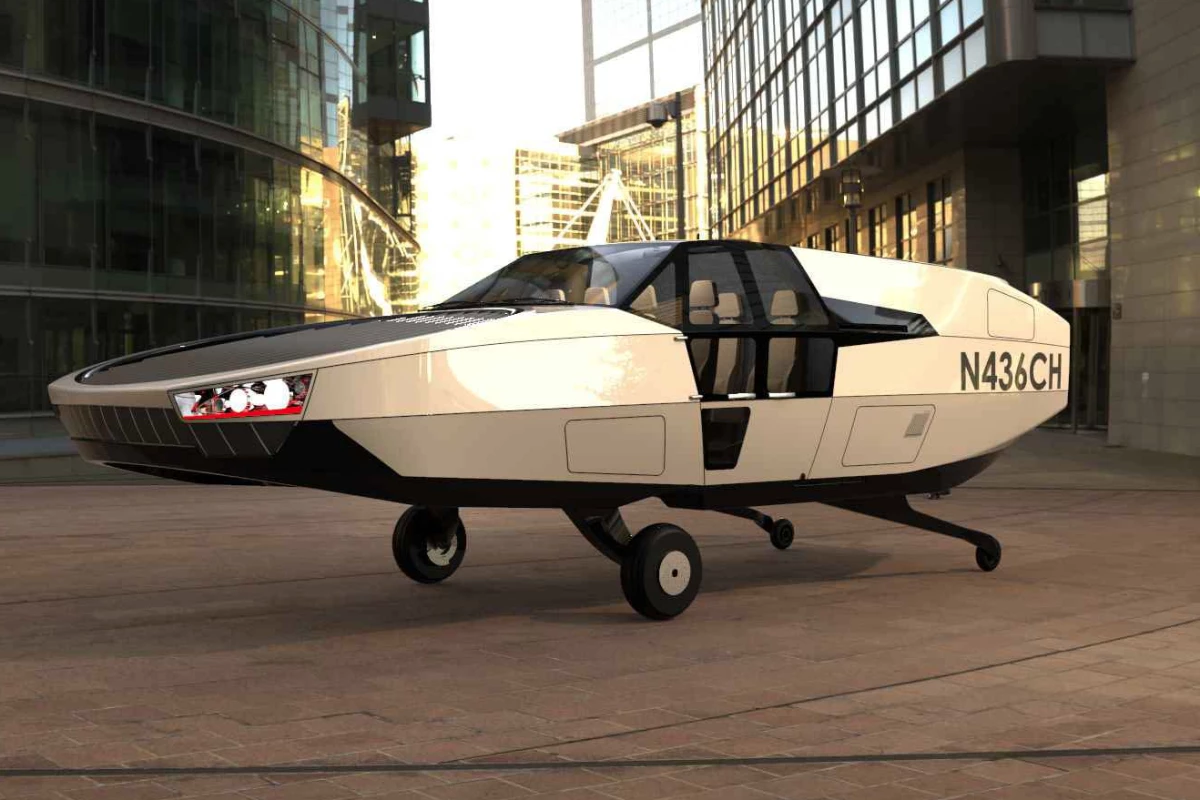Israeli VTOL air taxi developer Urban Aeronautics has announced it's partnering with HyPoint to develop a long range, hydrogen-fuel-cell-powered, emissions-free version of its remarkable CityHawk aircraft, based on the military Cormorant/AirMule design.
HyPoint's "turbo air-cooled" fuel cell design radically expands the power and lifespan of traditional designs, making it an ideal lightweight powertrain component for aviation use. Hydrogen is becoming one of the most exciting technologies in the emerging electric aviation market, with exceptional energy density compared to lithium batteries, as well as super-quick refueling as compared to long waits on a battery charger.
The CityHawk airframe looks like no other design in the eVTOL air taxi market. It has no wings or external propeller arms, and isn't much bigger than a large SUV. Urban Aeronautics calls it a "fancraft," after the large fans at the front and rear of the aircraft, totally shielded thanks to tiltable vanes at both the inlet and outlet sides, which can be moved to effect yaw and horizontal movements. For such a tiny ground footprint, it offers an impressive capability to seat six people.

It might not look like it's got any business being in the air, but the Cormorant military aircraft that it's based on has been flying successfully for many years now, using turbine engines for sustained lift. And if the concept makes it through to certification, it's much easier to imagine this thing touching down on city streets than other designs that'd take up several lanes. Certainly, early operations will be limited to vertiports, but the CityHawk design might be able to deliver true door-to-door flights should that ever be possible in a legal sense.
There are drawbacks; as a non-transitioning VTOL aircraft, the CityHawk will use a lot of energy compared to other winged VTOL designs – its body shape can deliver some lift in forward flight, but only about half of what's required to keep the thing from falling. So a lithium battery powertrain would be a severely limiting way to go green. A hydrogen fuel cell powertrain, on the other hand, can offer nearly the endurance of a turbine engine design right now, using today's technologies. In our view, it makes sense for any company looking at making a non-transitioning eVTOL to look at hydrogen as a serious option.
“We look forward to collaborating with HyPoint on the integration of the next generation of hydrogen fuel cell systems for eVTOL transportation and the urban air mobility market,” says Rafi Yoeli, CEO of Urban Aeronautics. “As a high-power, 100 percent environmentally friendly fuel, hydrogen is key to the future of eVTOL aircraft.”
Check out a video of the military Cormorant doing unmanned, autonomous flight testing below.
Source: Urban Aeronautics






